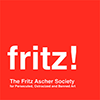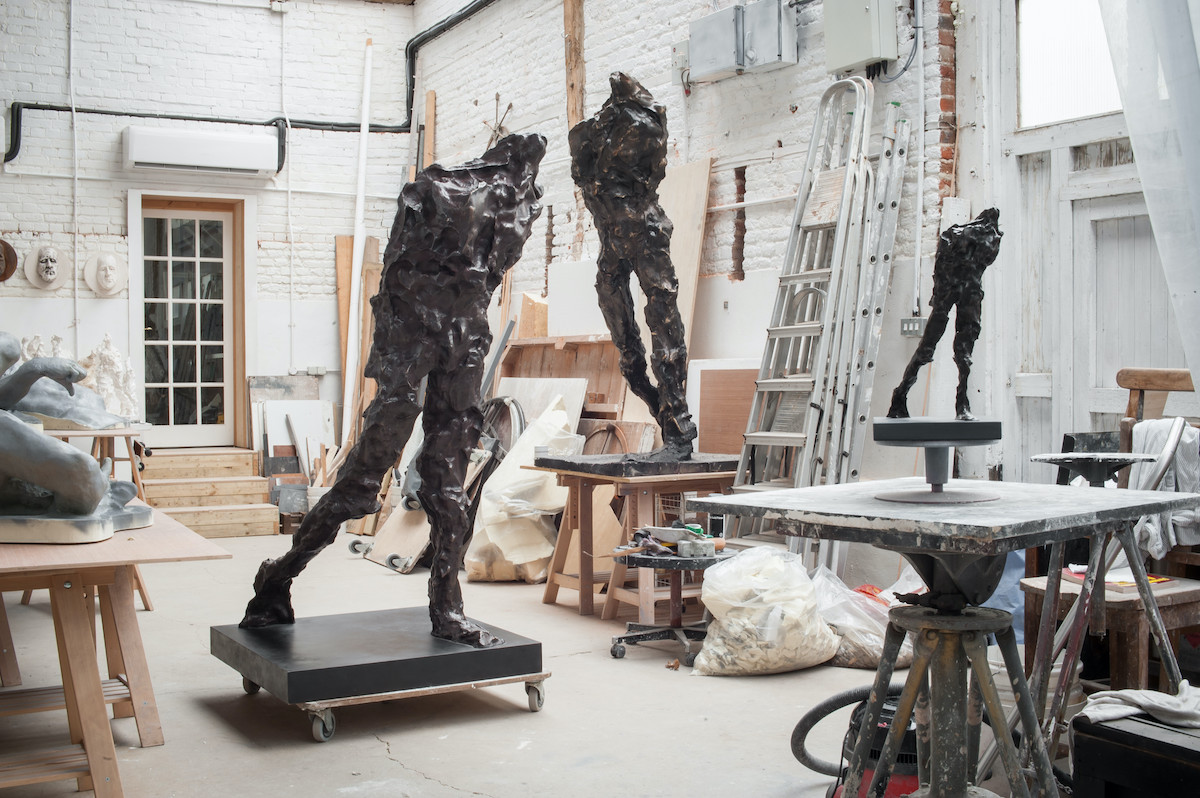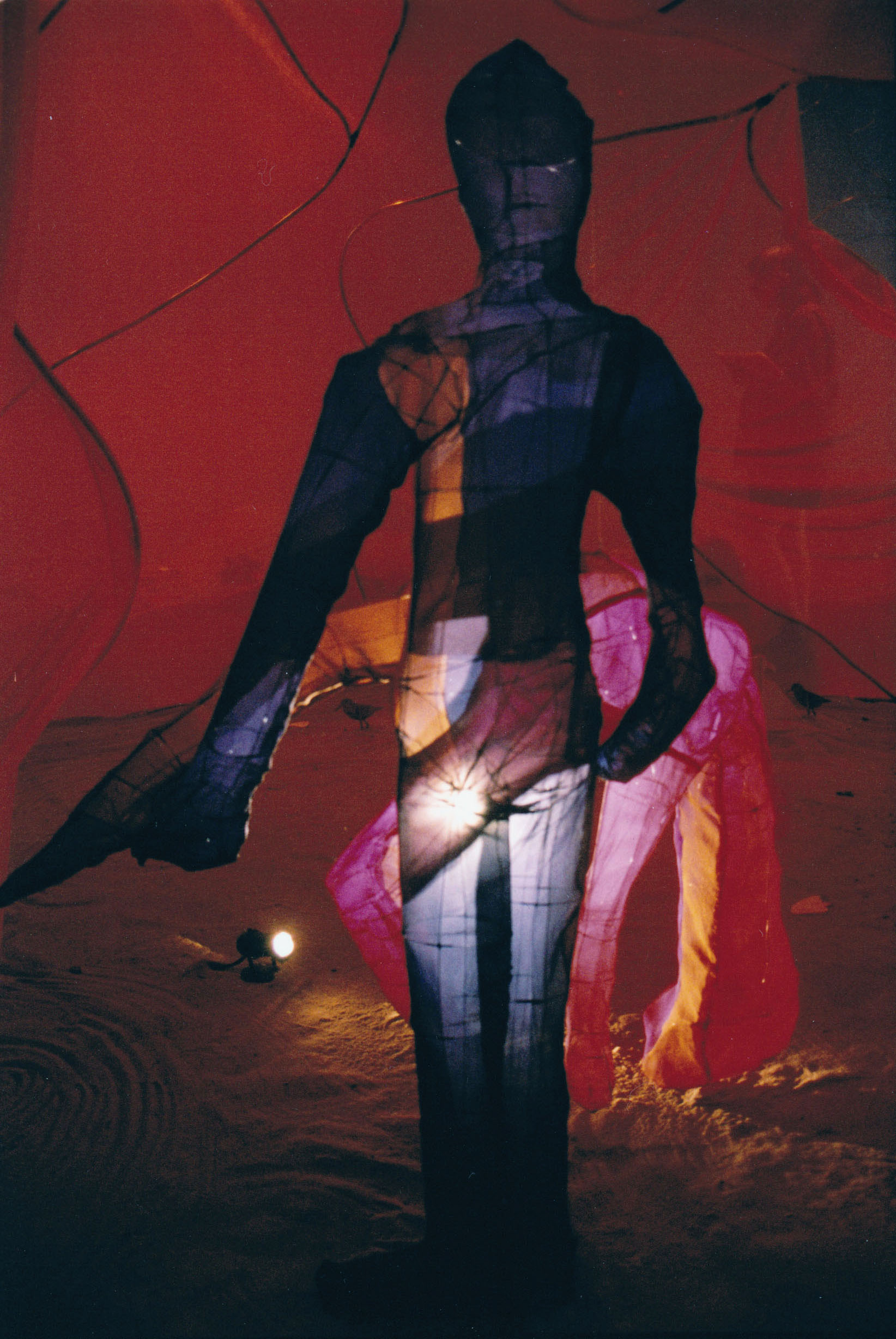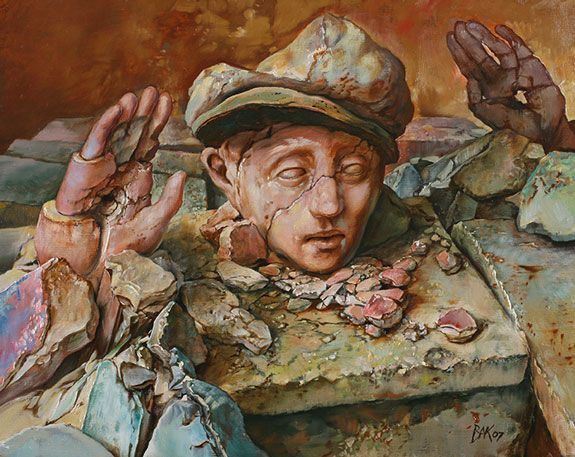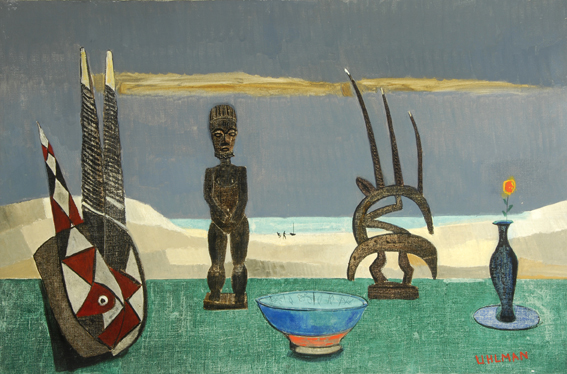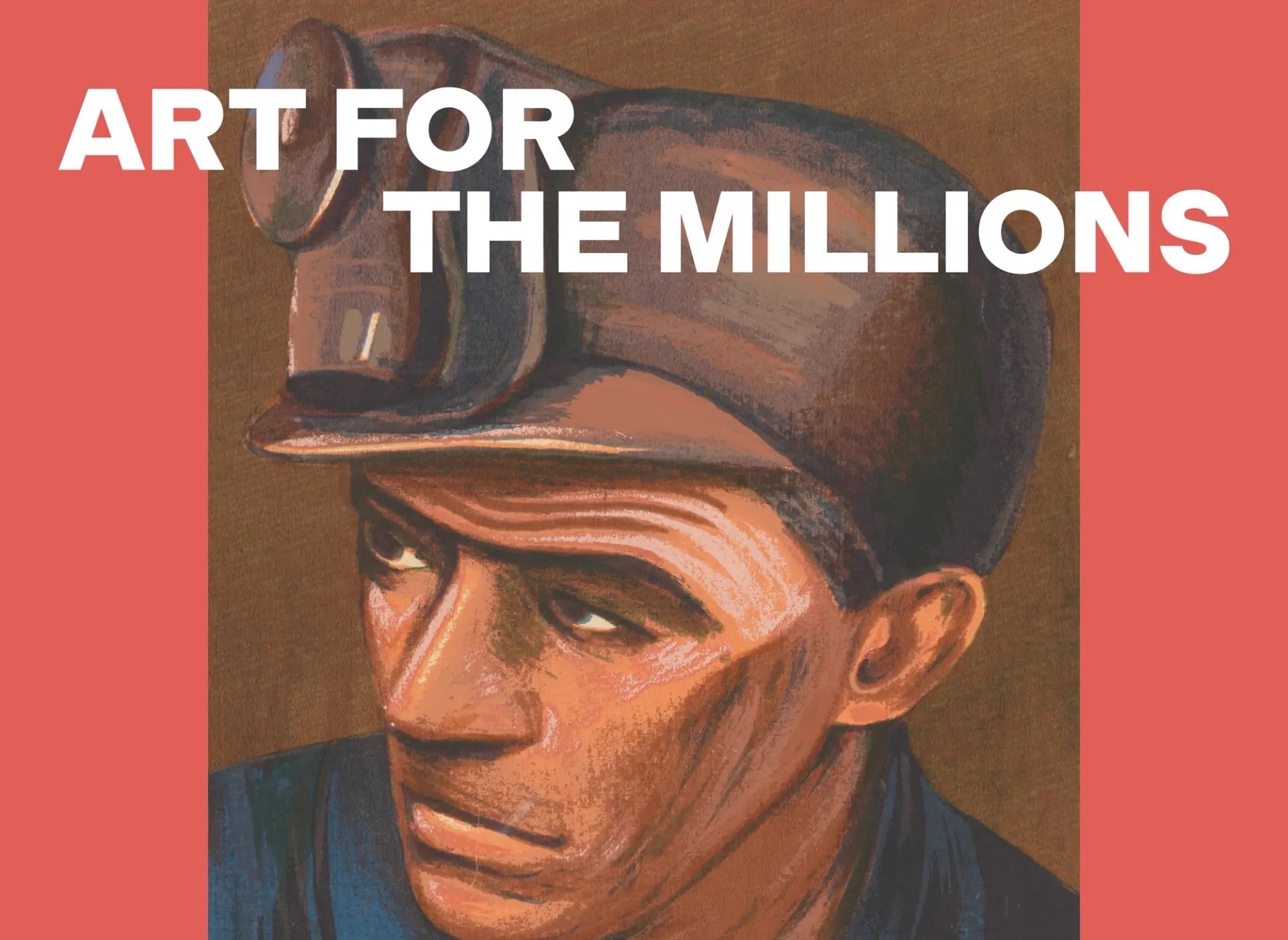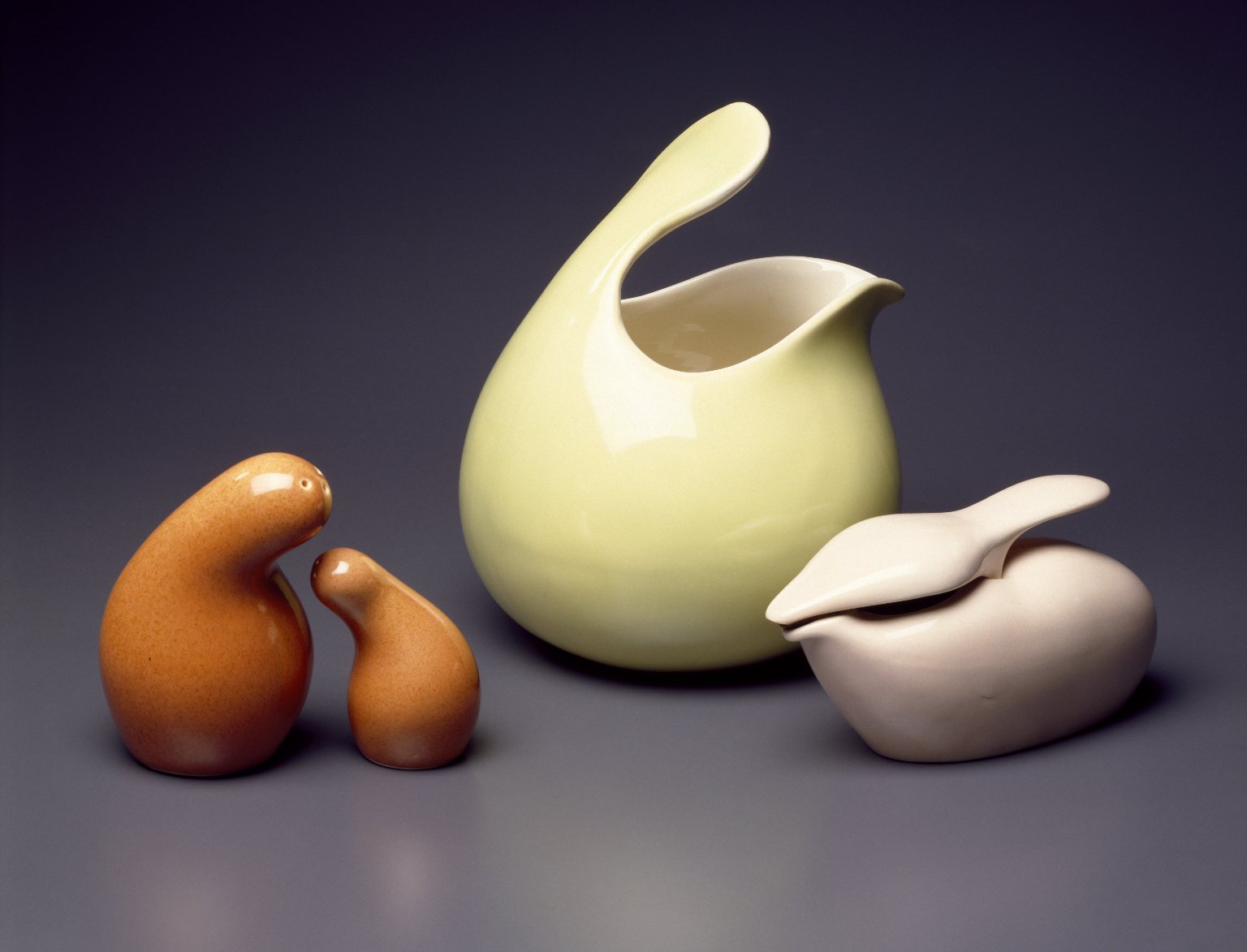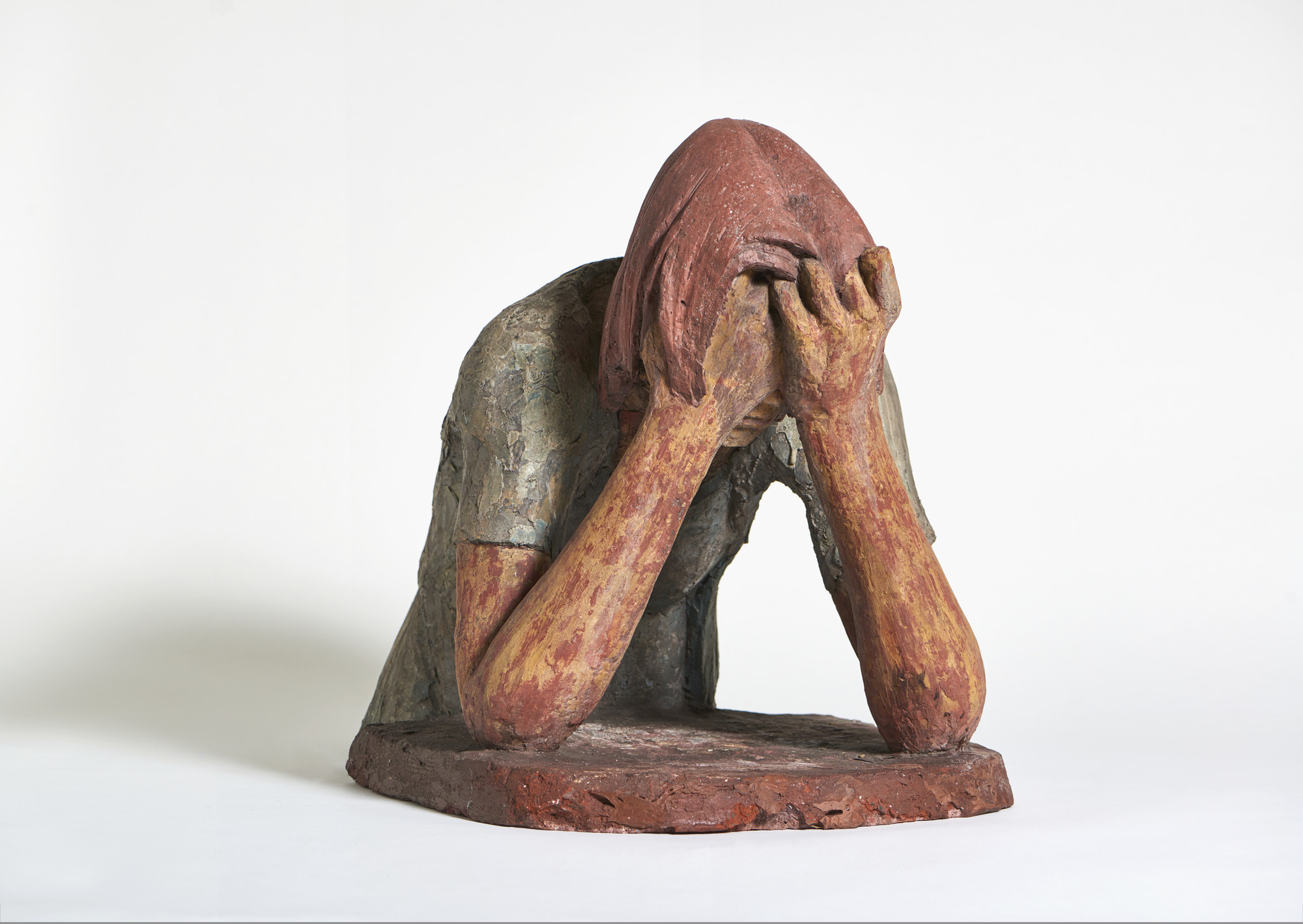Jewish Artist
Behind the Bronze.
The Sculptor Maurice Blik (born 1939 Amsterdam)
Featuring Maurice Blik and Julian Freeman (both London, UK)
Marlene Meyerson JCC Manhattan
334 Amsterdam Ave, New York, NY, United States
Maurice Blik has lived in England since being liberated from Bergen Belsen concentration camp, where he was taken as a small child from his birthplace, Amsterdam. The ability to come to terms with this experience and to confront the face of humanity that he has witnessed, stayed silent in his life for some 40 years. It finally found a voice in the passionate sculptures which began to emerge in the late 1970s when he created a series of horses’ heads. These noble and benevolent creatures posses an energy and a life force that seem just barely harnessed long enough to take their shape in the clay itself. Later he progressed to more figurative work in which the irrepressible joy [...]
The Enduring Legacy of
Chaim Gross (1902-1991)
With Daughter Mimi Gross and Sasha Davis
Marlene Meyerson JCC Manhattan
334 Amsterdam Ave, New York, NY, United States
Chaim Gross (1902-1991) fled Europe as a teenager after experiencing the violence of World War I and the disruption of his artistic training due to anti-Semitic policies. He arrived in New York City in 1921 and quickly found a welcoming environment among fellow artists, many of whom were also immigrants, at the Educational Alliance Art School. Despite difficult beginnings, Gross rose to become one of America’s leading twentieth-century sculptors and a key proponent of the direct carving movement. Although a small number of his works referenced his horrific early experiences and the later murder of family members in the Holocaust, his themes were largely joyful, showing mothers at play or acrobats and dancers. Image above: [...]
From Generation to Generation:
The Upbringing and Art of
Mimi Gross (born 1940, New York)
Marlene Meyerson JCC Manhattan
334 Amsterdam Ave, New York, NY, United States
Mimi Gross is the daughter of well-known sculptor Chaim Gross (1902–1991). She grew up to become an artist and one obvious question one might ask is how her work was influenced by and/or diverged from her father's work. But both Chaim and his wife Renee were immigrants--so New York City-born Mimi grew up as an American in an immigrant household, which might raise the question: were there issues derived from the particulars of her growing up that affected her and her art--and might one imagine the curve of her life as different in a non-immigrant context, or a context experienced at a different time in American and world history? These and other questions are discussed in a dialogue between Mimi Gross and [...]
The Shape and Color of Survival.
Samuel Bak (born Vilnius, Lithuania, 1933)
Lecture by Ori Z Soltes, PhD
ONLINE
VA, United States
Image above: Samuel Bak, Warsaw Excavation, 2007. Oil on canvas, 16 x 20 in. Image Courtesy Pucker Gallery © Samuel Bak Samuel Bak was 6 years old when the Nazis began ending his childhood, as the war that they engendered would soon extend to his native Vilnius. The number “6” became an important element in his art, since it is also the number of the Commandment with which God enjoins us not to commit murder, for which the Holocaust represented such a profound abrogation. His father smuggled him out of the ghetto in the sack that he was still permitted to use to gather firewood—and was subsequently murdered by the regime. By then Bak himself had already chosen his career as an [...]
From Émigré to Englishman: Fred Uhlman, ‘Painter of Dreams’
Lecture by Dr. Nicola Baird, London
ONLINE
VA, United States
Manfred [Fred] Uhlman was born on 19th January 1901 in Stuttgart, Germany, the eldest child of Ludwig Uhlman (1869–c.1943), a textile merchant, and his wife, Johanna Grombacher (1879–c.1943), both of whom were later to perish at Theresienstadt concentration camp. He studied law at the Universities of Freiburg, Munich, and Tübingen, graduating with a doctorate in 1923. In 1927 he joined the Social Democrat Party, becoming its official legal representative in 1932. Image above: Fred Uhlman, Still Life with African Figures, oil on canvas, Hatton Gallery, © the artist's estate / Bridgeman Images. Photo credit: Hatton Gallery In March 1933, after a warning that his arrest was imminent because of his political affiliations, he fled [...]
Art for the Millions:
American Culture and Politics in the 1930s
Lecture by Allison Rudnick, New York
ONLINE
VA, United States
The 1930s was a decade of political and social upheaval in the United States, and the art and visual culture of the time reflected the unsettled environment. Americans searched for their cultural identity during the Great Depression, a period marked by divisive politics, threats to democracy, and intensified social activism, including a powerful labor movement. The exhibition with the same title, on view at The Metropolitan Museum of Art New York until December 10, 2023, features more than 100 works from the collection and several lenders, and explores how artists expressed political messages and ideologies through a range of media, from paintings, sculptures, prints, and photographs to film, dance, decorative arts, fashion, and ephemera. Highlights include paintings by Georgia [...]
Eva Zeisel, Designer Extraordinaire
Lecture by daughter Jean Richards, New York
ONLINE
VA, United States
Eva Zeisel (born Éva Amália Striker, Budapest 1906 –2011 New City, New York) was one of the most important designers of the 20th century. She believed that beautiful things make people happy. Although she was known for her ceramic tableware, she also designed in glass, wood, plastic and metal. Her designs are in major museums around the world, including the Metropolitan Museum, the British Museum and MoMA, where she had the first one woman show in 1946. Lecture by Eva’s daughter Jean Richards. Image above: Eva Zeisel, Red Wing Pottery pieces from "Town and Country" collection. Glazed earthenware, ca. 1945. CC BY 4.0 Photograph of a young Eva Zeisel. © Eva [...]
Horst Eisfelder (1925-2023):
Diasporic Life in Shanghai’s State of Exception
Lecture by Dr Noit Banai, Hong Kong
and Dr Anna Hirsh, Melbourne
ONLINE
VA, United States
Lecture by Dr Noit Banai and Dr Anna Hirsh, followed by Q&A with Rodney Eisfelder, son of Horst Eisfelder. Image above: Horst Eisfelder. Street scene in the Shanghai Ghetto, Shanghai, China, circa 1945. Black and white photograph. Copyright: Horst Eisfelder estate After fleeing Berlin a few weeks before Kristallnacht and arriving in Shanghai with his family in late November 1938, Horst Eisfelder (1925-2023) became one of the most prolific photographers of the ‘Shanghai Ghetto’ before emigrating to Australia in May 1947. Embedded within the history and theory of photography, this presentation considers his images of the city of Shanghai as well as the Designated Area for Stateless Refugees as vital representations through which to understand [...]
Peter László Péri (1899-1967).
A Hungarian-born Artist in Berlin and London
Lecture by Arie Hartog, Bremen (Germany)
ONLINE
VA, United States
In this talk, Arie Hartog, director of the Gerhard-Marcks-Haus in Bremen, Germany, draws attention to a sculptor who contradicts the common narrative of modern art in the 20th century. Péri began as a constructivist and ended as a figurative artist. Yet he was not an academic traditional sculptor. Introductory remarks by Lilla Farkas, Cultural attaché at the Liszt Institute of the Consulate General of Hungary in New York. Image above: Peter László Péri, Sadness, 1938–1945, pigmented and painted concrete, 52 × 40 × 60 cm. Photo: Jake Wallters © Peter László Péri Estate, London Peter László Péri was born Ladislas Weisz in Budapest in 1889. Peri became the Hungarianized family name in 1918. In 1919, he [...]
Klaus Friedeberger (1922-2019).
Journey Around the World
Lecture by Monica Sidhu, London
Q&A with wife Julie Friedeberger and British Museum curator Stephen Coppel, London
ONLINE
VA, United States
Presentation by Monica Sidhu, followed by a conversation with the late Klaus’ wife Julie Friedeberger and British Museum curator Stephen Coppel, London. Image above: Klaus Friedeberger, Children Playing, 1959-1962, oil on canvas. Copyright Klaus Friedeberger estate Born in Berlin in 1922 the artist Klaus Friedeberger escaped Nazi Germany in 1937. After studying at the Quaker School in Holland he arrived in London as a refugee in 1939. Classified as ‘enemy alien’ he was interned and subsequently deported to Australia on the transport ship Dunera. He spent two years in internment camps at Hay in New South Wales. Released in 1942 he joined the Australian Army labour corps and after demobilisation he studied art at East [...]
